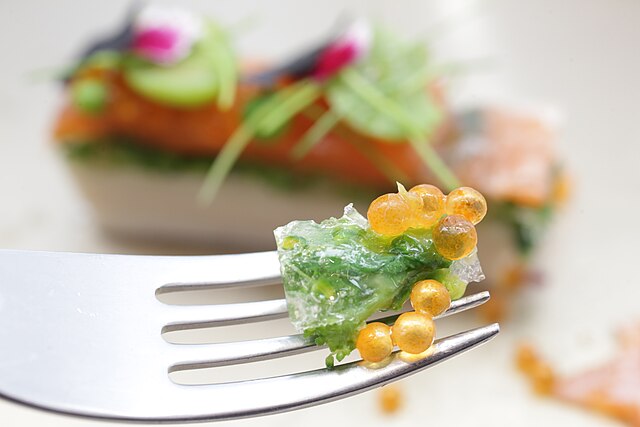Kozushima hamlet on Izu Islands near Tokyo has embraced sturgeon aquaculture for caviar production after spiny lobster landings dropped to a handful.
In 1986 when commercial caviar farming was in its infancy in Japan, Kozushima was producing 23,000 kg of spiny lobster. But by 2023, the catch had slashed by 98%, to 400 kg due to climate change.
Hence, the Tokyo metropolitan authority has set to hatch sterlet sturgeon on the island before commercializing them.
The government capitalizes on the marine suitability of this island that has been popular for sea bream, abalone, and lobster before recent declines.
As such, the new venture will convert existing lobster tanks to cultivate sturgeon to cut the starting costs.
Juvenile and adult sturgeons will first grace the tanks in 2026 while a permanent production pattern will be ready by 2030.
Depending on the Kozushima breakthrough, the aquaculture project could expand to such regions as Tama to advertise “Tokyo Caviar.”
It could also redeem fisherfolk whose 2013-23 numbers declined by 25% to just 137 fishers as warming waters depleted marine life.
Project coordinators believe hatching fresh water sturgeon is a guarantee since they are not subject to rising ocean temperatures.
Furthermore, the Tokyo government will foot research costs. These go back to the time the Kozushima fishery began exploring various species before settling on freshwater sturgeon for ikura production.
Premium Sturgeon Ikura
Known as Ikura in the Japanese, caviar has traditionally come from salmon in local aquaculture ponds.
Although sturgeon caviar aquaculture studs the entire country, it has not been as successful as that in China and Russia.
Still, through years of biological trials, Japan has been nurturing breeds suitable to its warm waters with which it processes alternative caviar.
As such, sturgeon caviar in Japan is quite precious and sells at a premium above the average $150 an ounce for salmon roe.
Sturgeon caviar’s pricey nature partly owes to the hardship of early fish sex identification so as to know caviar-producing females.
So far, hormone therapy where the fish feed on estradiol for half a year has helped identify female eggs early enough.
Once this technology gets into mainstream aquaculture, it will help Japan raise healthy female sturgeon populations to meet prolific sushi caviar craze. As such, the Land of the Rising Sun ranks among the most important caviar economies, as the stats below reveal.
Japan Caviar Aquaculture Statistics
Most of Japan’s caviar comes from fish farms. The country is the top global exporter of non-sturgeon caviar also known as alternative caviar, at 21.1% of global exports (2024). However, the nation does not make the top list of countries that sell caviar derived from sturgeon eggs.
Overall, Japan dispatches 1,874.29 tonnes of caviar and caviar substitutes annually (2023), according to the World Bank. This is the 3rd highest volume after China’s and the European Union’s for caviar and substitutes.
Japan is also a major caviar and substitutes importer, with import volumes higher than the exports. In 2023, for instance, the country ordered 2,268.14 tonnes of the products, the fourth highest worldwide. Most of the imports enter the luxury food chains in the nation that sell sushi ikura (caviar).
Notably, Japan’s 2023 caviar and substitutes’ export value at $64.522 million was higher than the import value worth over $36.526 million. This was despite export volumes being lower than imports. The reason for this are high unit export rates versus comparatively cheaper import prices.
Does Japan have a big caviar market?
Japan’s caviar market is huge due to its sushi food marketing, which comprises caviar and related. High prices averaging $150 an ounce for salmon roe caviar drive the market size. Besides, Japan shares Asia’s glory as the largest caviar market worldwide with a 35% share, as of 2024.
What is the average salinity of Japan’s caviar?
A standard salinity degree of 3 to 5% is key to maintaining the neutral taste profile of quality caviar. In Japan, companies like Miyazaki Caviar register salinity at 3%, which means a subtly sweet, creamy product, according to Caviars Kazka. Excess saltiness of over 5% is bad for taste while anywhere less than 3% deprives caviar its savor.
